|
-
16th December 22, 06:45 AM
#1
Waist: high or jeans
As a new member here (see my self introduction here) I have a number of questions regarding getting my first kilt that I couldn't find a satisfying answer to. Here is the first one.
I understand that the traditional way to wear a kilt is pretty high on the waist, a little above the navel. Initially I was fairly certain that I would prefer the, I think, more contemporary jeans waist as I thought it would simply look better on me. However, this USA Kilts video:
What Kilt Mistake Makes You Cringe
has made me want to rethink that. Apart from tradition, this picture comparison in particular:
Kilt waist height.jpg
seems like a pretty good aesthetic argument to wear the kilt above the navel if you have a bit of a belly going on, like I do. However, what I'm wondering about is the following:
If you "wear the kilt around the widest part of your belly" as phrased by Rocky in that video, has anyone found that this causes the kilt to slide down?
I realize that the kilt is not held up by the belt but instead by its own leather straps so to speak (or just the top of the kilt if it has velcro® closures) and I'm not exactly certain where those are relative to the top of the kilt (this may be related to what I have heard being referred to as 'uprise'), but in general it would seem to me that you want the part of the kilt that keeps it up to be just above a part of the body where the body gets wider going down to keep the kilt from sliding down. Otherwise you're having to rely on friction 100% to keep it up.
I'm also wondering if having the kilt's top above the navel isn't going to make my upper body look strangely short. I do have fairly average bodily proportions and I'm 6'3. My legs are perhaps a bit long proportionally speaking but not outrageously so.
I have some more questions about where everything is in relation to everything else on the kilt and your body but I'd first like to know if the kilt sliding down is ever an issue at all so I can make a final decision as to what I'm going to do: be obstinate beyond help and get a 'pants wasted' kilt or get an 'above navel' wasted kilt.
Last edited by Scottish Rock; 16th December 22 at 08:16 AM.
Reason: added missing word
-
-
16th December 22, 08:10 AM
#2
I have been wearing kilts for many years. My traditional kilts were all made to measure on the basis of being worn at navel level,but as my belly expanded and my body shape changed it became most uncomfortable to wear a kilt at navel height and no matter how tight the belt, the kilt would always slip down. Nowadays I only wear my best kilts for special occasions such as funerals and weddings and as they are now worn at a lower level they look too long at the knees. I have a few shorter casual kilts, designed to be worn at jeans level, which I wear more often and informally. I agree, a kilt worn at jeans level can exaggerate the belly bulge and is not a good look, but this can be disguised by wearing a thick pullover and won't be seen when you are outside and wearing a warm coat or jacket.
Regional Director for Scotland for Clan Cunningham International, and a Scottish Armiger.
-
-
16th December 22, 09:43 AM
#3
I'm 5'10" and weigh 270 lbs. I wear my traditional kilts about 1-2 inches above the navel and they work out fine for me (Stillwater Kilts come in a 24 inch length as standard and I'm much too lazy to hem them.) My utility kilts, however, usually find themselves at or just below the navel. Without measuring them, I believe that they are around 22 inches in length. I don't particularly mind the traditional kilts sitting higher. I honestly prefer the look. I don't have the problem of the kilt sliding down, but it does occasionally creep slightly upwards a bit (usually after sitting for long periods of time). I adjust the kilt when I stand up and everything is "right" again. A vest or sweater can be worn to cover the "excess" up top (if that's a concern) and does a good job of completing the look I'm after.
Last edited by Guiness gets my Irish up; 16th December 22 at 09:52 AM.
-
-
16th December 22, 10:22 AM
#4
 Originally Posted by Scottish Rock

I realize that the kilt is not held up by the belt but instead by its own leather straps so to speak (or just the top of the kilt if it has velcro® closures) and I'm not exactly certain where those are relative to the top of the kilt (this may be related to what I have heard being referred to as 'uprise'), but in general it would seem to me that you want the part of the kilt that keeps it up to be just above a part of the body where the body gets wider going down to keep the kilt from sliding down. Otherwise you're having to rely on friction 100% to keep it up.
What you're talking about here is called the rise. That's the distance from the top straps/buckles of the kilt to the very top of the kilt. On most civilian kilts it's around 1-1/2" to 2". On military kilts it can be 3" to even 4" (called high-rise kilts).
In either case, it's the straps that should be at your natural waist, not the top of the kilt. It is as you surmised: that is essentially the internal 'belt' of the kilt, and needs to be around a narrower part of the body with something wider below it, or it will just slip right off. Unlike trousers, the kilt doesn't hug your hips or rear end. Everything below the top straps is just dead weight trying to pull it down.
Some of the folks with wider torsos have relied on braces (suspenders) to help keep the kilt up. These are best worn when hidden by a waistcoat, jumper, etc.
I'm also wondering if having the kilt's top above the navel isn't going to make my upper body look strangely short.
I do have fairly average bodily proportions and I'm 6'3. My legs are perhaps a bit long proportionally speaking but not outrageously so.
It depends on what you mean by "strangely". Wearing a kilt at the natural waist is going to feel and look different than you're used to, and will look different to people who aren't used to seeing men wear anything above the hips.
I don't have the belly issue, but I am a fairly short guy at 5'-7", with longish skinny legs and a short torso. Wearing a kilt at the natural waist was something I had to adjust to, and get used to the idea that the proportions are different.
Here I'm wearing a military kilt at my natural waist. I've pointed out the ridge of the top of the kilt that can be seen through my waistcoat, as well as my natural waist where the straps are cinched above my kidneys and "love handles". As you can imagine, without the waistcoat on, only my upper chest would be sticking out the top of the kilt. That's how it's meant to be worn, and it just looks weird to people who aren't used to it. But again, if you don't like those proportions, wearing a waistcoat/jacket/jumper over it can sort of bring the visual proportions back to what you're used to.

-
-
16th December 22, 10:31 AM
#5
For kilts that slip, suspenders are a great option. A kilt worn too low doesn't look anything like a kilt is supposed to look. Yes, we're unaccustomed to a kilt at the natural waist, but these are not trousers - they're kilts, and they're not supposed to be worn low and hanging. If you learn to wear it traditionally, it will be very slimming in appearance.
Rev'd Father Bill White: Mostly retired Parish Priest & former Elementary Headmaster. Lover of God, dogs, most people, joy, tradition, humour & clarity. Legion Padre, theologian, teacher, philosopher, linguist, encourager of hearts & souls & a firm believer in dignity, decency, & duty. A proud Canadian Sinclair.
-
The Following 3 Users say 'Aye' to Father Bill For This Useful Post:
-
16th December 22, 10:49 AM
#6
For kilts that slip, suspenders are a great option. A kilt worn too low doesn't look anything like a kilt is supposed to look. Yes, we're unaccustomed to a kilt at the natural waist, but these are not trousers - they're kilts, and they're not supposed to be worn low and hanging. If you learn to wear it traditionally, it will be very slimming in appearance.
Rev'd Father Bill White: Mostly retired Parish Priest & former Elementary Headmaster. Lover of God, dogs, most people, joy, tradition, humour & clarity. Legion Padre, theologian, teacher, philosopher, linguist, encourager of hearts & souls & a firm believer in dignity, decency, & duty. A proud Canadian Sinclair.
-
-
16th December 22, 12:42 PM
#7
Each kilt maker has their own unique way of describing how to measure for the height of the waist.
I would try to explain to my customers that you should not use the navel as it is on soft tissue, and will be on different places of the body depending on the wearers' shape. A guy with a bit of a belly will have a navel that is significantly lower than a guy who is thin.
So, I prefer to measure using the bones as they do not move.
There is a place on the human spine that is called "the anatomical waist" it is where the spine naturally bends. This is quite a bit higher than what most guys call their waist.
The anatomical waist is up at kidney level in the back. In the front, it is about 3-4 finger widths below the bottom of the breastbone.
Perhaps this photo will help explain.
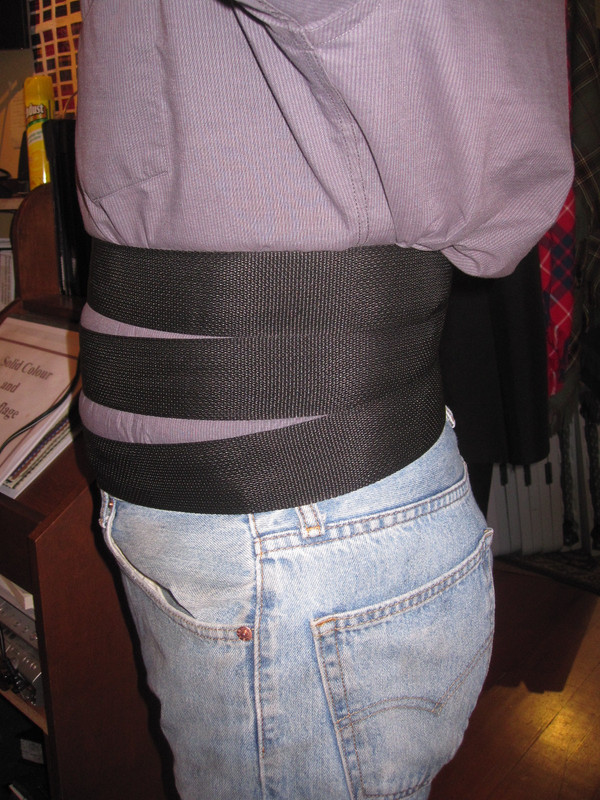
The top strap in this photo is at the anatomical waist. Even if you have a bit of a belly, a kilt worn at the anatomical waist will not slip down.
The center strap is at what I prefer to call "Mid waist height". Describing this according to the bones, it is riding on top of the crest of the hip bones. On a thin guy this will have the top strap about at the height of the navel.
The lower strap is at what I would call "Low waist height". This is where blue jeans are worn.
In the days when the kilt we today call 'traditional" was developed, trousers were worn at the anatomical waist.
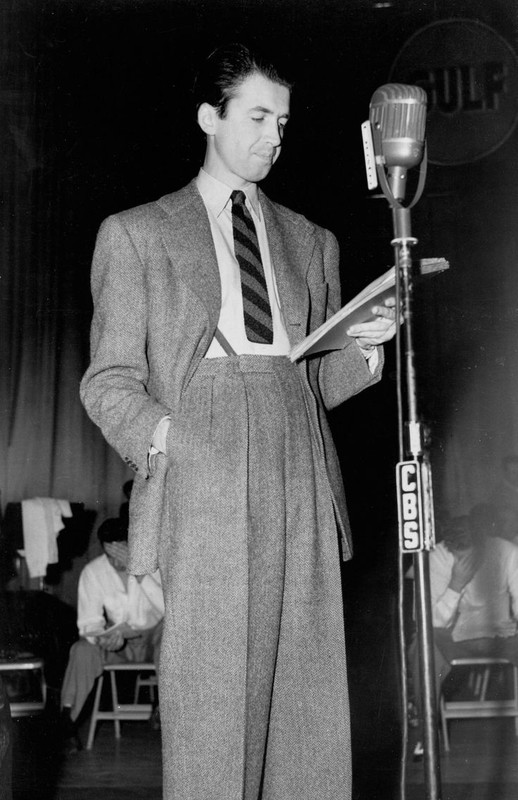
Someone wearing their trousers like this today would seem out of place. This is because we are so used to the low waist height of blue jeans that many guys think that their waist is where they wear jeans.
There also seems to be a bit of confusion about the difference between where the waist is worn - and where the bottom of the kilt should hit the kneecap.
Again, perhaps a photo will help explain.
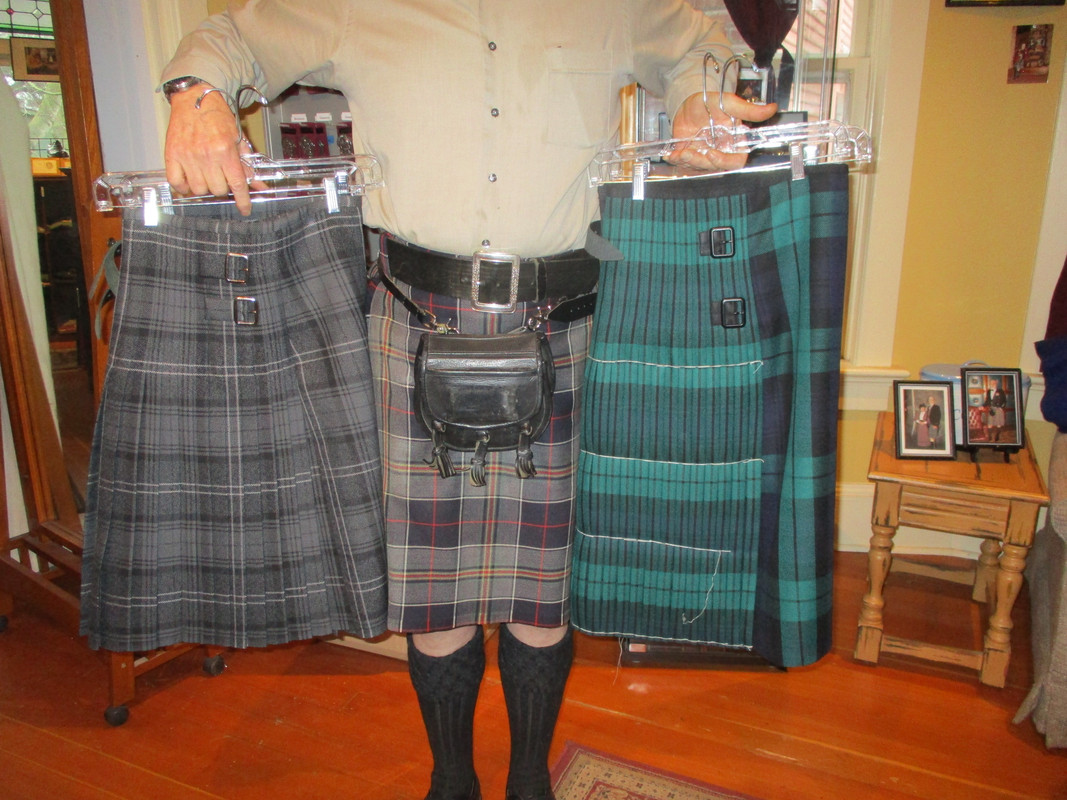
All three of these kilts fit me perfectly. Notice please that the bottom of all three is in the same place. The difference is from the hips, up.
There are two major differences between these three kilts. One is obvious and that is where the waist is designed to be worn. But what defines where the waist is designed to be worn is in the back. It is the length of the Fell Area.
To define the term, The Fell Area is the part of the kilt in the back, pleated section, where the pleats are tapered and sewn down. If the kilt is being worn, where it was designed to be worn, the bottom of the Fell Area will be right at the widest part of the hips and buttocks.
If you have a kilt designed to be worn high, and you choose to wear it lower than it was designed to be worn, the bottom of the Fell Area will be below the hips and the kilt will develop large shower curtain folds in the back.
And this photo shows that you will also be sitting on the pleat stitching causing undue stress to the stitching, leading to failure.
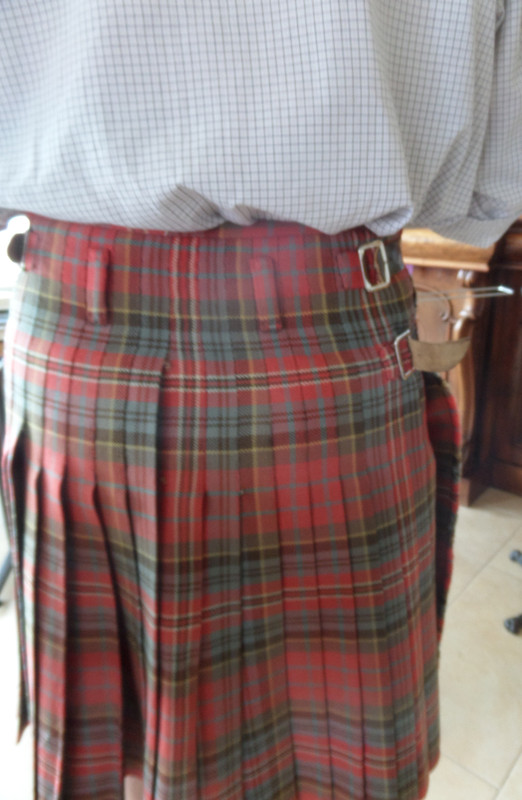
The bottom of a kilt worn lower than it was designed to be worn will also have the bottom below the top of the kneecap. Hence why you see so many kilts with the bottom so low.
Now we come to another design feature of a 'traditional' kilt that most people don't know about or think of differently. That feature is "The Rise".
In a Traditional kilt, as described in "The Art of Kiltmaking" by Barb Tewksbury, the area above the top strap is called "The Rise".
A traditionally made kilt will have the rise tapering outward allowing it to ride up, over the bottom of the rib cage.
(on a Traditional kilt, AKA according to TAoK, the Drop measurement of a kilt is from the bottom, selvedge edge, up to the middle of the top strap. Then the Rise is above that. The total length of the kilt is Drop + Rise.)
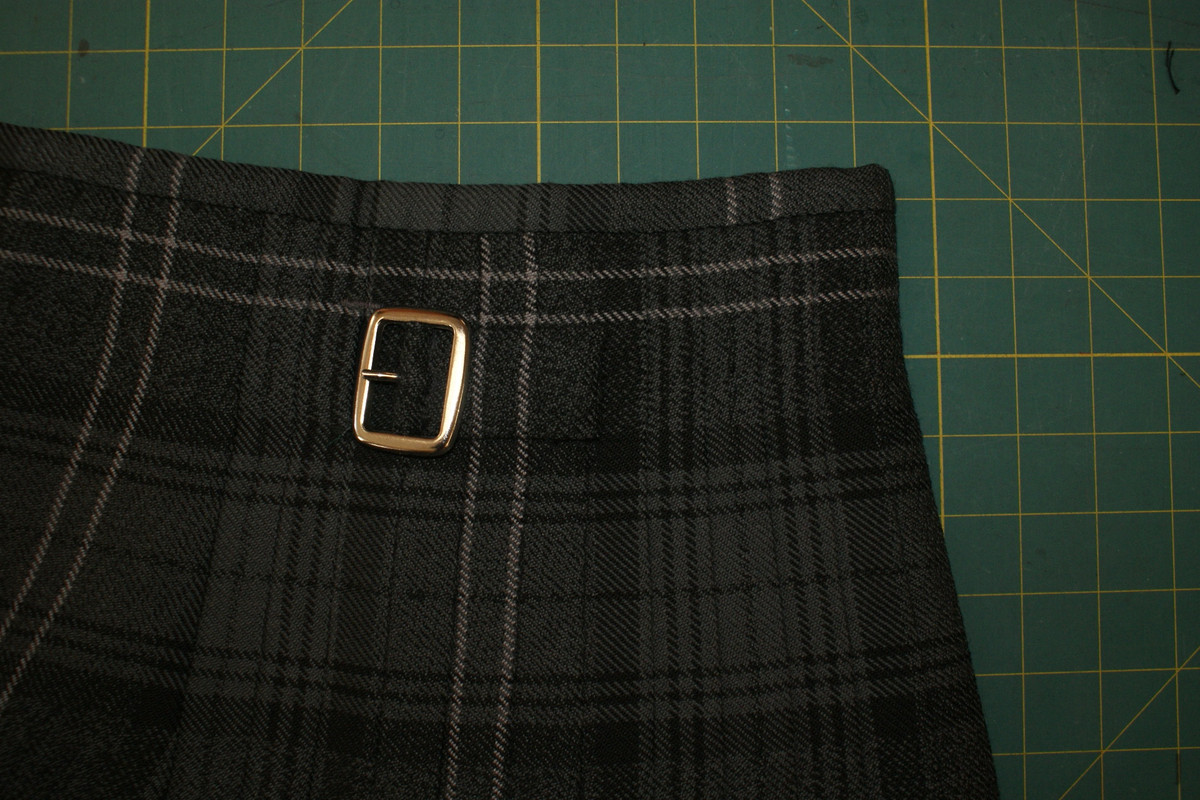
The smallest part of the kilt is at the level of the top strap which cinches into the Anatomical Waist.
Unfortunately, most kilts made today have the smallest part at the level of the top banding. This is a major problem with most off-the-shelf kilts. (And of all of the import kilts)
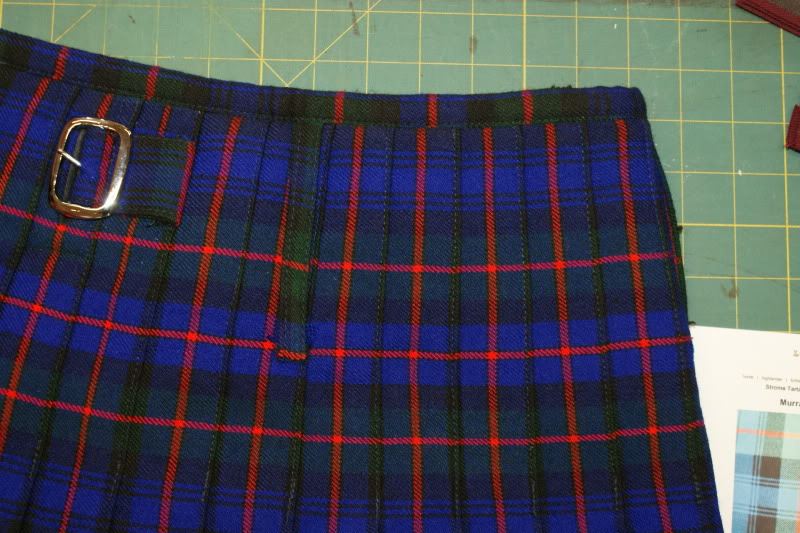
This second kilt will almost always slide down on the body until the smallest part of the kilt is at the smallest part of the body, or the anatomical waist. The top strap will then be about at the navel level.
So - No matter where you like to wear the waist of your kilt - please do yourself a favor and ask your kiltmaker where they design the waist to be worn. Or ask them to design and make the kilt to be worn where you want to wear it.
-
The Following 5 Users say 'Aye' to Steve Ashton For This Useful Post:
-
17th December 22, 05:04 AM
#8
Thank you all for your replies, you've given me a lot to digest. Let me process all that and then I'll probably come back with some follow-up questions, probably after the weekend.
-
-
17th December 22, 06:18 AM
#9
-
The Following User Says 'Aye' to OC Richard For This Useful Post:
-
20th December 22, 05:23 AM
#10
 Originally Posted by Tobus

What you're talking about here is called the rise. That's the distance from the top straps/buckles of the kilt to the very top of the kilt. On most civilian kilts it's around 1-1/2" to 2". On military kilts it can be 3" to even 4" (called high-rise kilts).
In either case, it's the straps that should be at your natural waist, not the top of the kilt.
Here we can see the several differences between an ordinary traditional Other Ranks army kilt (left) and an ordinary traditional civilian kilt (right).
The difference in "rise" can clearly be seen; as Tobus says the upper of the two buckles is worn at the same point of the body on both military and civilian kilts.
It's why traditionally kiltmakers have not spoken of the "length" of the kilt (the distance from the binding at top to the selvedge at bottom) but rather the "rise" (the distance between the waistline of the kilt and the binding at top) and the "drop" (the distance between the waistline of the kilt and the selvedge at bottom).
Thus two kilts of differing length might have the same distance between the waist and the knee, for example:
Kilt 1: 22" drop, 2" rise, 24" length.
Kilt 2: 22" drop, 4" rise, 26" length.
A buyer not knowing these things might imagine that a 26" length kilt will of necessity hang lower, covering more of the knees, than a 24" length kilt. It's about the drop, not the length.
You might also note the four other observable differences between the construction of the two kilts.

 Originally Posted by Tobus

The straps that should be at your natural waist, not the top of the kilt. It is as you surmised: that is essentially the internal 'belt' of the kilt, and needs to be around a narrower part of the body with something wider below it, or it will just slip right off.
Unlike trousers, the kilt doesn't hug your hips or rear end.
I should point out that well-made traditional kilts conform to the small of your back, which goes a long way to keeping them in place.
It's the very thing missing on my "semi-traditional" kilt that just goes straight across the back. Add to that the fact that the pleats aren't cut out so the kilt is bulkier across the back than a traditional kilt with cut-out pleats.
Last edited by OC Richard; 20th December 22 at 05:31 AM.
Proud Mountaineer from the Highlands of West Virginia; son of the Revolution and Civil War; first Europeans on the Guyandotte
-
 Posting Permissions
Posting Permissions
- You may not post new threads
- You may not post replies
- You may not post attachments
- You may not edit your posts
-
Forum Rules
|
|
































Bookmarks